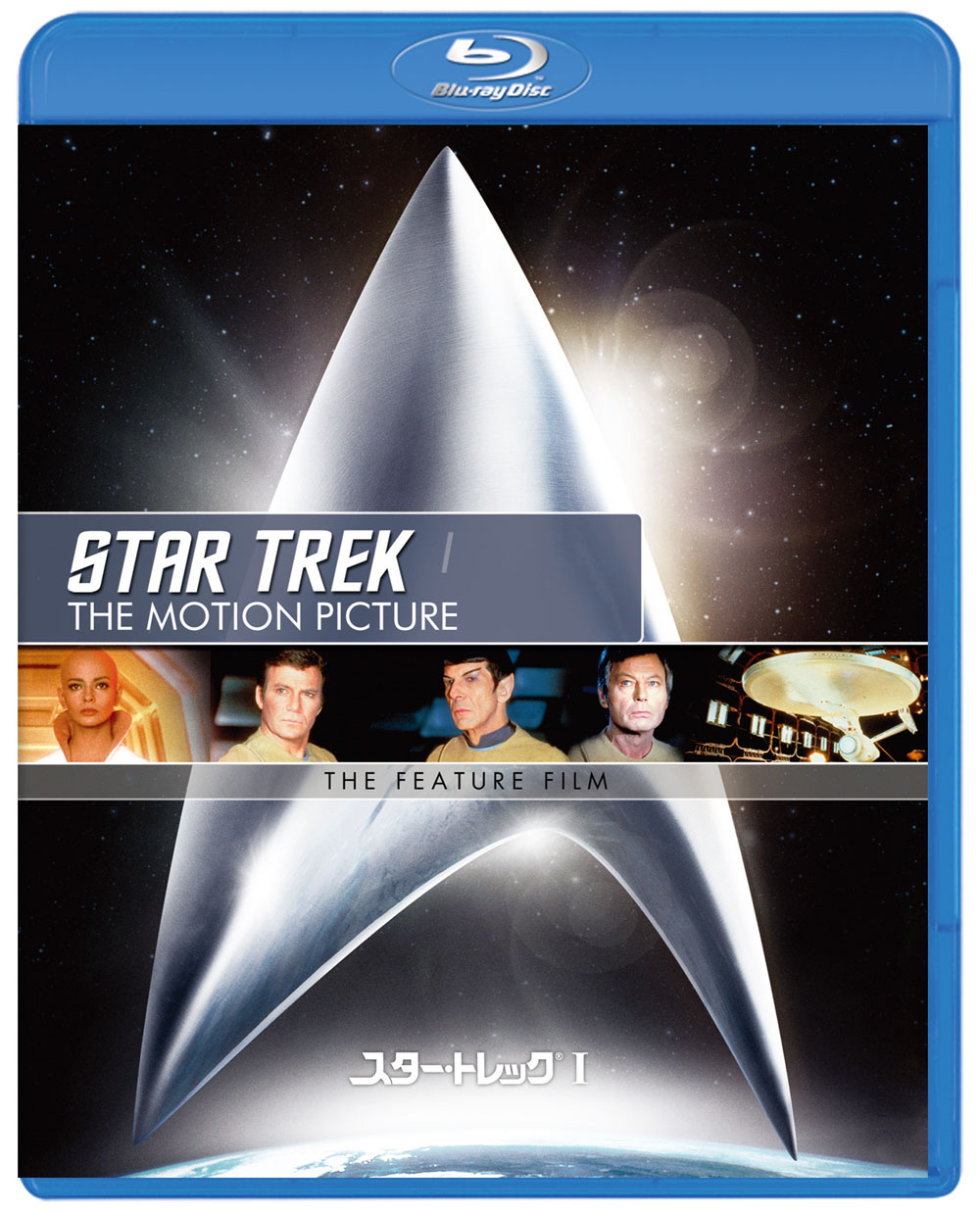
(c) Photofest / Getty Images
The struggles of the special effects staff who created the movie “Star Trek: The Motion Picture” and what they left behind, Part 2
What is the theme of "Star Trek: The Motion Picture"? *Note: Contains spoilers!
*This chapter touches on the ending of the story, so we recommend reading it after watching the movie.
But is it really that much of a movie? In fact, this movie depicts a speculative theme, questioning the form of intelligence in the universe and the significance of its existence.
If humans come Contact with a different intelligence in space, it is highly unlikely that it will be a humanoid. This is because even if we consider only the life forms on Earth, creatures that are thought to have some kind of intelligence, such as whales, crows, octopuses, and slime molds (deformed molds) , differ greatly in size, shape, and living environment. If this were to be a different celestial body, it might have a shape beyond our imagination.
Nor is there any need for that intelligence to be a living thing. If science develops sufficiently, it is natural that we will transition to mechanical bodies that are unaffected by disease and lifespan. At the end of the movie, it is revealed that Villar's true identity is that NASA's unmanned space probe Voyager 6 (*10), which was flying in interstellar space, drifted onto a machine lifeform star and was modified and evolved. .
Voyager 6 (Viger), a highly intelligent ship, came to Earth in search of its creator in order to find out why it exists. And in order to survive, he wishes to unite with his creator. Upon learning that the creator is human, the probe in the form of Eylea (Persis Khambata) and Decker (Stephen Collins) merge and disappear. However, the story ends with the hint that it has not completely disappeared, but has become able to travel faster than light and exist anywhere in the universe.
“Arrival” preview
The final development is very mysterious, but from a modern perspective, it can be interpreted that it has evolved into a super-intelligent entity that can even manipulate effects such as " quantum entanglement ." And what will this super-intelligence bring to the universe in the future? Intellectual questions like these are truly the domain of science fiction, and in terms of movies, `` Forbidden Planet '' (56), ` `2001: A Space Odyssey ,'' ``Solaris '' (72), and `` The Arrival '' (16). I think this is a work that should be included in the same series.
*10 In the actual Voyager program, Voyager 1 and 2 were launched in 1977. Spacecraft 1 left the heliosphere and reached interstellar space in August 2012, and Spacecraft 2 also left the heliosphere in November 2018. At present, the output of nuclear batteries is decreasing, and it is expected that they will cease to operate completely around 2025. However, it continues to fly, and in about 40,000 years, it will pass within 1.7 light-years of the red dwarf star Ross 248, and in 61,000 years, it will pass through the Oort Cloud, the outermost part of the solar system. It is. It is calculated that it will pass within 1.7 light-years of Gliese 445 in 40,472 AD, and escape from the Oort Cloud 56,000 years later.
[References]
Cinefex 4, Bandai (1984 Spring)
DVD "Star Trek: The Motion Picture Director's Edition Special Complete Edition” Paramount Home Entertainment Japan (2002)
Written by Yasushi Kishikawa: “Star Trek Official Guide (4) Mechanics” Bunkasha (1999)
Written by Yasushi Kishikawa: “Star Trek Paramount Official Official Database” Bunkasha (1998)
NADIA DRAKE: “Voyager at 40: Where Will the NASA Spacecraft Go Next?” (DECEMBER 10, 2018)
Text: Takayuki Oguchi
In 1982, he became the director of Japan's first CG production, JCGL. After working as the head designer for the IMAX Dome 3D video "Universe 2 ~Sound of the Sun~" at the Fujitsu Pavilion at EXPO'90, he became a freelance video creator. Won an Emmy Award for the NHK special ``Life: A 4 Billion Year Distant Journey'' (1994). His most recent work is the storyboard for the NHK special ``Space Spectacle'' (19). He is also a video journalist specializing in VFX, CG, 3D movies, art animation, exhibition videos, etc., and has contributed numerous articles to film magazines, theater pamphlets, the web, etc. In addition to being a visiting professor at Digital Hollywood University, he is also a part-time lecturer at Tokyo University of the Arts Graduate School of Animation Department, Waseda University Faculty of Science and Engineering, Japan Electronics College, Joshibi University of Art and Design Junior College, etc.
(c) Photofest / Getty Images

"Star Trek: The Motion Picture I/Remastered Special Collector's Edition"
Blu-ray: 1,886 yen + tax / DVD: 1,429 yen + tax
Publisher: NBCUniversal Entertainment
Copyright (C) 1979 by Paramount Pictures Corporation. All Rights Reserved. (C)2010 Paramount Pictures Corporation. STAR TREK and related marks and logos are trademarks of CBS Studios Inc. All Rights Reserved.
* Information as of January 2020.

